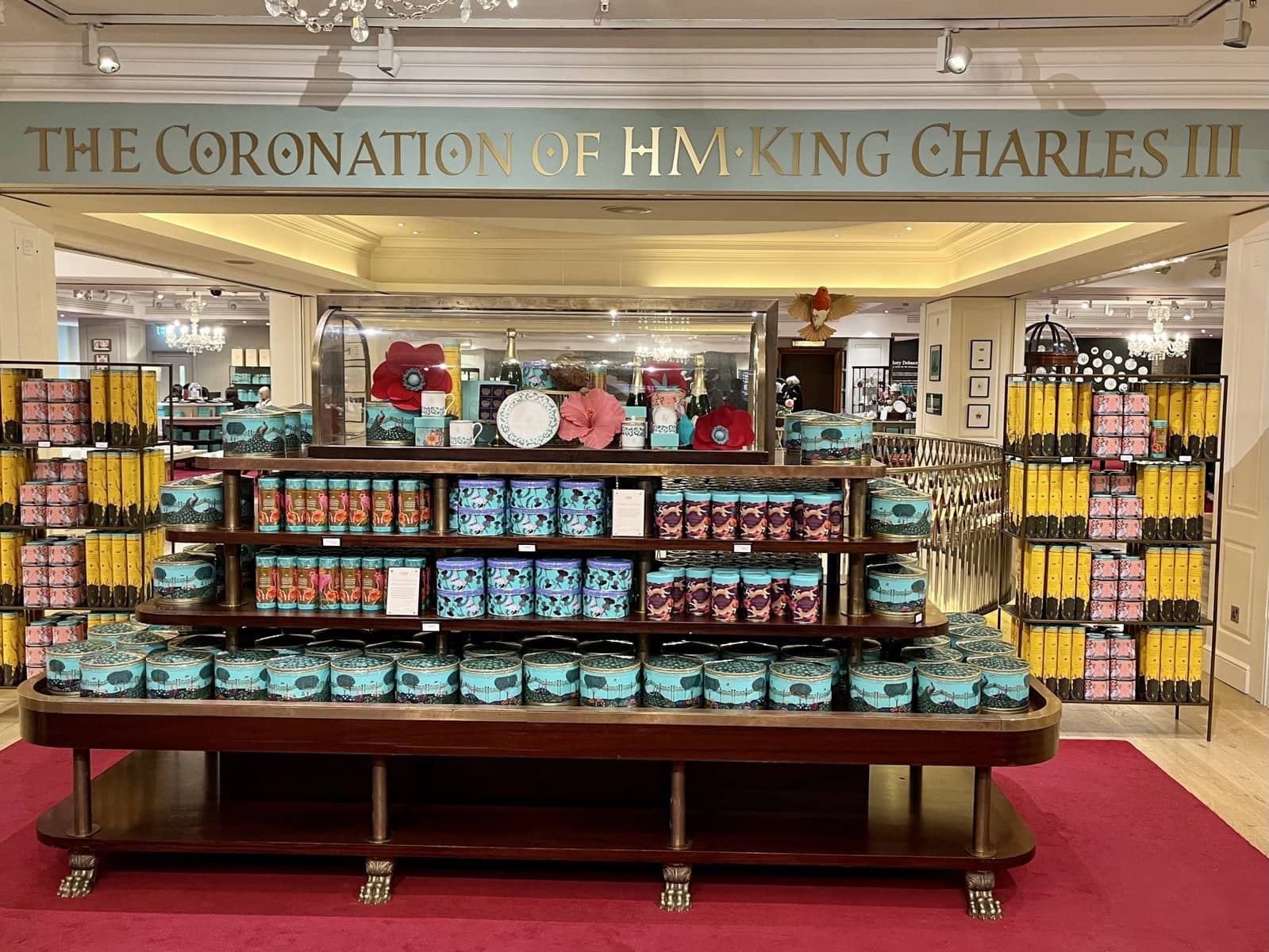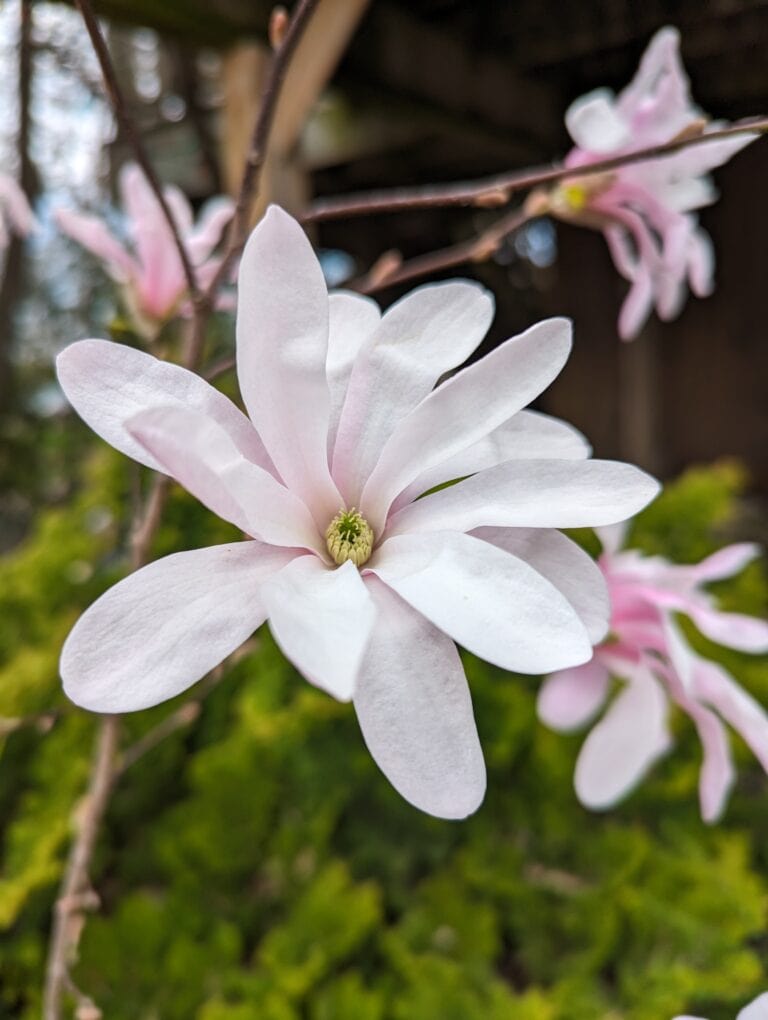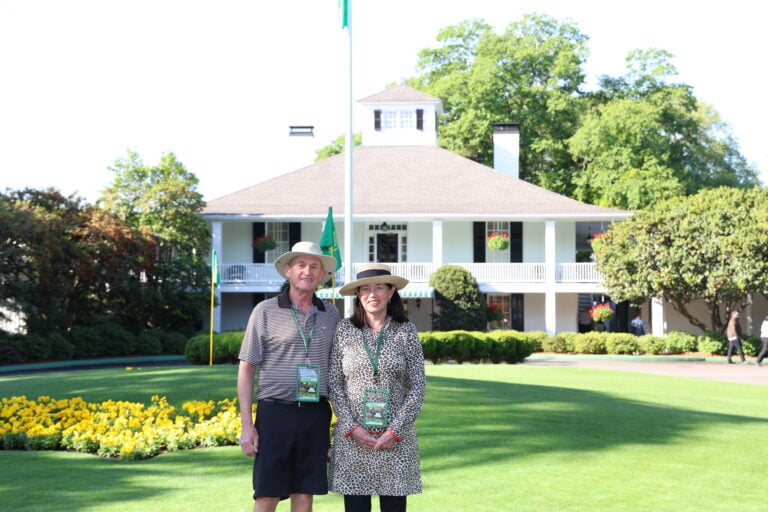As the media begin to roll out story after story about the May 6 coronation of King Charles III, questions have been raised: What should we call his wife, Camilla?
Sometime before the accession of Charles, it was reported by the ubiquitous palace insider that Queen Elizabeth II would allow her daughter-in-law to be referred to as “queen consort” when Charles became king.
Now, much of the media insists on this title.
The only thing is, since Tudor times (1485-1603) all but one of the wives of Britain’s kings have, in fact, been queens consort.
The other type of queen is the queen regnant. These are the women who came to the throne in their own right. There have been as many as 30 queens consort. Indeed, Henry VIII provided six.
However, England (later Britain) has had only six queens regnant.
Of the six, three were married to princes consort.
They were Queen Anne (who reigned 1702 to 1707), married to Prince George of Denmark, Queen Victoria (1837-1901) to Prince Albert of Saxe-Cobourg and Gotha, and, most recently, Queen Elizabeth II (1952- 2022), whose husband Prince Philip was originally styled as a prince of Greece and Denmark.
Then there were the two Queen Marys, who were both married to kings.
The first was Henry VIII’s elder daughter, who became Queen Mary I. She reigned from 1553 to 1558 and married King Philip II of Spain. They had no children.
Mary predeceased Philip. Because the male gender takes precedent, it is surprising that Philip did not continue to reign in England in his own right after Mary’s death.
It’s true, he had many other, sometimes rebellious lands to govern. Perhaps he decided England wasn’t worth the effort.
The next queen regnant was also a king’s wife – Queen Mary II (she reigned 1689 to 1694). She was the daughter of King James II by his first consort, Queen Anne.
Mary married William of Orange, who became King William III (who reigned from 1689 to 1702). The couple were invited to share the throne of what was by this time Great Britain.
Unlike his predecessor Philip, after Mary’s early death, William continued to reign alone. King William III, then, was the only British king not to have a queen consort.
Since the couple had no children, he was succeeded by Mary’s sister, the previously mentioned Queen Anne.
And then there was Queen Elizabeth I, who reigned from 1558 to 1603.
King Philip II of Spain decided to court Elizabeth. She refused him, which isn’t surprising when you remember why Elizabeth’s mother became the second queen consort to Henry VIII.
Henry said his reason for divorcing Mary’s mother was that she had been previously married to Henry’s brother Arthur and his marriage to Queen Katherine was therefore illegal.
Perhaps it wasn’t Philip’s wisest strategy to court his former wife’s half-sister.
Many others courted Elizabeth, always unsuccessfully, allowing her a long and glorious reign.
This is far from a definitive history of the female monarchs of England and Great Britain – it is merely an overview. There are plenty of books available to follow up on these women’s lives.











